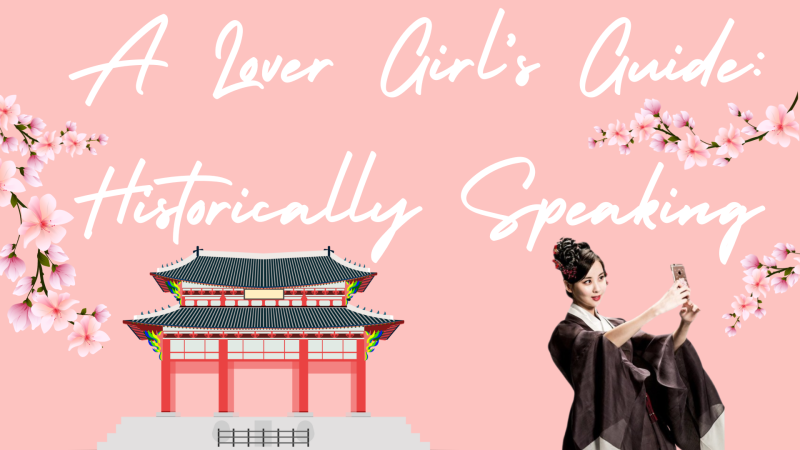The genre of Korean drama (K-drama) is garnering ever-greater global attention. Typically shorter than American soap operas like “F.R.I.E.N.D.S,” K-dramas are especially appealing for their ability to cater to the female gaze, utilize universal messages for powerful storytelling and market themselves on streaming platforms. “A Lover Girl’s Guide” focuses on romance in this growing medium. For many, it has transformed our standards for love (singles out there, you can decide if this is for better, or for worse).
One of the unique sub-genres within the Korean film industry is the historical K-drama. Numerous screenwriters have gravitated toward this revival of the past, and with so many highly-ranking historical series, there’s a lot to choose from. But there is no other drama that has left me wanting more as much as “Scarlet Heart Ryeo.” The South Korean series, whose full title is “Moon Lovers: Scarlet Heart Ryeo,” is a 2016 remake of the Chinese series “Scarlet Heart.” Both are based on Tong Hua’s debut novel “Bu Bu Jing Xin,” or “Startling By Each Step.”
In the series, the young protagonist Go Ha-jin, played by the talented singer-actress IU, is transported back a thousand years to the Goryeo Dynasty amid a rare solar eclipse. She wakes up in the body of another girl: Hae-soo, whose family has close ties to the Goryeo imperial family.
Without a way to return to her old life as a white-collar worker, she soon accepts her new life as Hae-soo under the reign of King Taejo in the year 941. She befriends the dynasty’s princes — and finds herself caught up in their rivalries.
The star-studded cast, including veteran drama actors and notable K-pop singers, drew public attention. Unlike the standard K-drama, “Scarlet Heart Ryeo” features not just one or two male leads but seven imperial princes on the same screen, meaning there’s no shortage of content to inspire daydreaming.
With talented singers in their cast, the production team knew they had to deliver an outstanding official soundtrack — and that they did. Years later, the soundtrack is one that I often return to, with a range of songs that are ideal for any mood you’re feeling — or if you simply want to feel something.
Historical dramas provide an especially important glimpse into traditional Korean culture. In recapturing history with a focus on vivid complexities across human relationships, beyond a static history textbook, these dramas render history accessible to a wide audience.
Although they operate with fictional tropes, they nevertheless pique our interest and are a starting point for reviving discussion over historical figures and moments, as well as traditional Korean customs. Without media like “Scarlet Heart Ryeo,” these stories could become unknown over time.
Although the drama is historical fiction, the production spared no effort in transporting viewers directly back to the Goryeo era. The drama was filmed at key cultural heritage sites all across Korea, including Unjusa temple, Seyeonjeong pavilion and Gwanghallu-won garden, a popular site for historical K-dramas.
By filming in these notable locations, “Scarlet Heart Ryeo” allows audiences to feel fully immersed in its time period, as if we have also time traveled directly with Hae-soo. The viewer is privy to every visual detail of daily life in the Goryeo Dynasty alongside the plot’s depiction of the intricacies of court politics. The extravagant pinned hairstyles of noble ladies and elaborate detailing of hanboks leave audiences longing for the craftsmanship of the past.
Interestingly, despite the expensive purchasing rights to stream the show and a buzzworthy cast, the drama received mixed reviews and never quite reached high ratings or a positive reception in Korea, a stark contrast to its overseas popularity.
One reason may be that Korean television already had a number of historical dramas, so the story did not appear to be a very novel idea to its domestic audience. Regardless, there is something enchanting about the concept of soulmates — across different lives — that “Moon Lovers: Scarlet Heart Ryeo” taps into. I think this drama is an ideal piece, not only within the historical sub-genre, but also across the wider K-drama industry. Why? The dynamic storytelling and the emotionally powerful tragedy, and the love and sacrifice of its star, or rather, moon-crossed lovers.
Editor’s Note: This article is a review and includes subjective thoughts, opinions and critiques.
